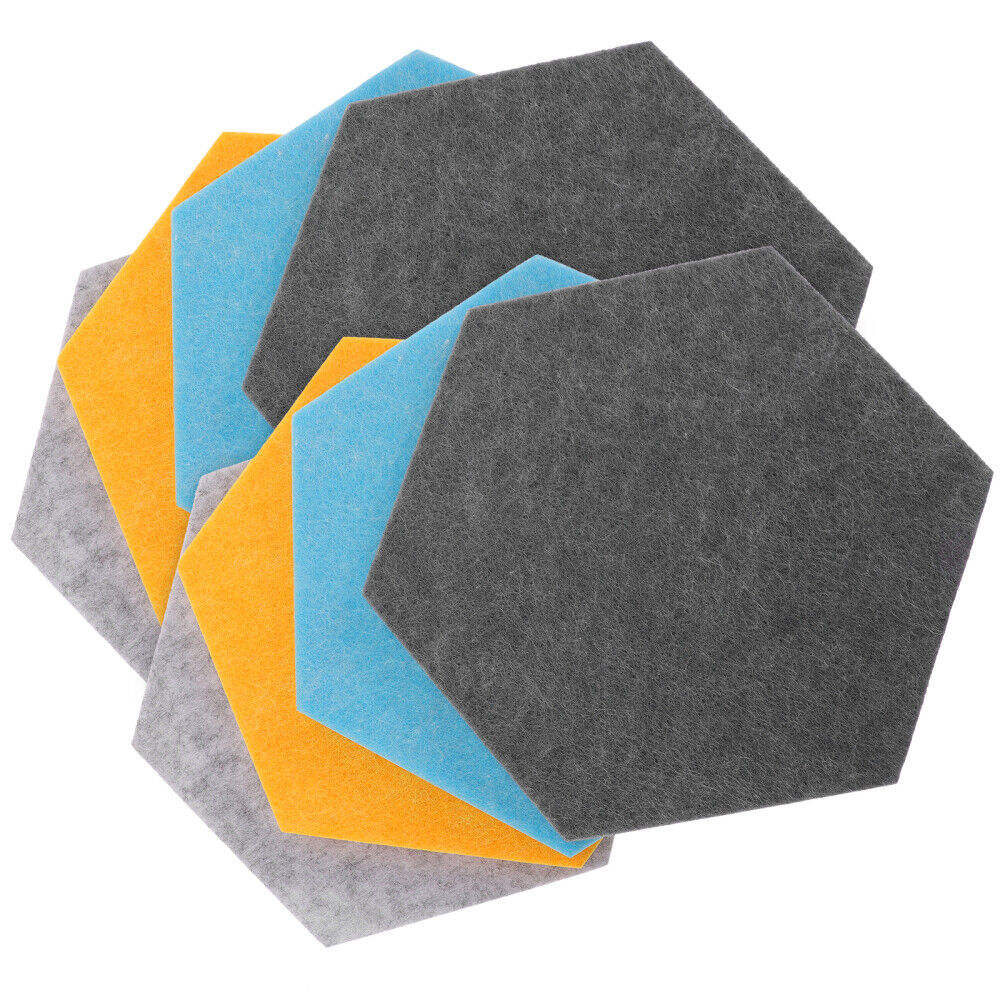Acoustic Panels for Recording Enhancing Your Sound Quality
In the world of music and audio production, achieving optimal sound quality is essential. Whether you’re a budding musician, podcaster, or experienced audio engineer, the environment in which you record plays a crucial role in the overall sound. Among the various solutions to improve sound quality, acoustic panels have emerged as a popular choice for both home studios and professional recording spaces. This article will explore what acoustic panels are, how they work, and their benefits for recording environments.
What Are Acoustic Panels?
Acoustic panels are sound-absorbing materials designed to reduce noise and echoes within a room. They are typically made from foam, fabric-wrapped fiberglass, or mineral wool, and come in various shapes and sizes. These panels are designed to absorb sound waves, preventing them from bouncing off hard surfaces like walls, ceilings, and floors, which can create an uneven sound profile and unwanted reverberation.
How Do Acoustic Panels Work?
When sound waves hit a hard surface, they reflect back into the room, creating echoes and reverberations. This reflection can muddy the audio, making it difficult to capture clear and precise recordings. Acoustic panels work by absorbing these sound waves, converting them into a small amount of heat through friction. By strategically placing these panels around a recording space, you can control and limit the amount of reflected sound, leading to a clearer and more professional audio capture.
Benefits of Using Acoustic Panels in Recording
acoustic panels for recording

1. Improved Sound Clarity The primary benefit of acoustic panels is their ability to improve sound clarity. By reducing echoes and background noise, they allow the primary audio source—be it vocals or instruments—to be captured without interference, resulting in a cleaner and more precise recording.
2. Minimized Sound Leakage For multi-track recording sessions or when recording multiple instruments simultaneously, sound leakage can be an issue. Acoustic panels help keep sound contained within the recording space, allowing for more control over individual tracks.
3. Enhanced Mixing and Mastering A well-treated room with acoustic panels provides a more accurate listening environment for mixing and mastering audio. When sound is not bouncing around the room, you can make better decisions about EQ, reverb, and volume levels, ensuring the final product sounds great across different playback systems.
4. Versatile Applications Acoustic panels are not only beneficial for recording studios but can also enhance sound quality in various settings such as home theaters, offices, and conference rooms. Their versatility makes them a worthwhile investment for anyone looking to elevate their audio experience.
5. Aesthetic Appeal Modern acoustic panels come in a variety of colors and designs, allowing you to improve not only the sound quality but also the visual appeal of your recording space. You can choose panels that suit your style while effectively managing sound.
Conclusion
In the ever-evolving landscape of audio production, creating a space where sound can thrive is paramount. Acoustic panels offer a practical and effective solution for anyone serious about achieving high-quality recordings. Whether you’re recording vocals, instruments, or podcasts, the investment in acoustic treatment can significantly elevate your sound. By controlling the acoustics of your space, you’re not just investing in equipment; you’re investing in the quality of your craft. So, if you’re looking to take your recordings to the next level, consider implementing acoustic panels into your studio setup for an enhanced audio experience.
